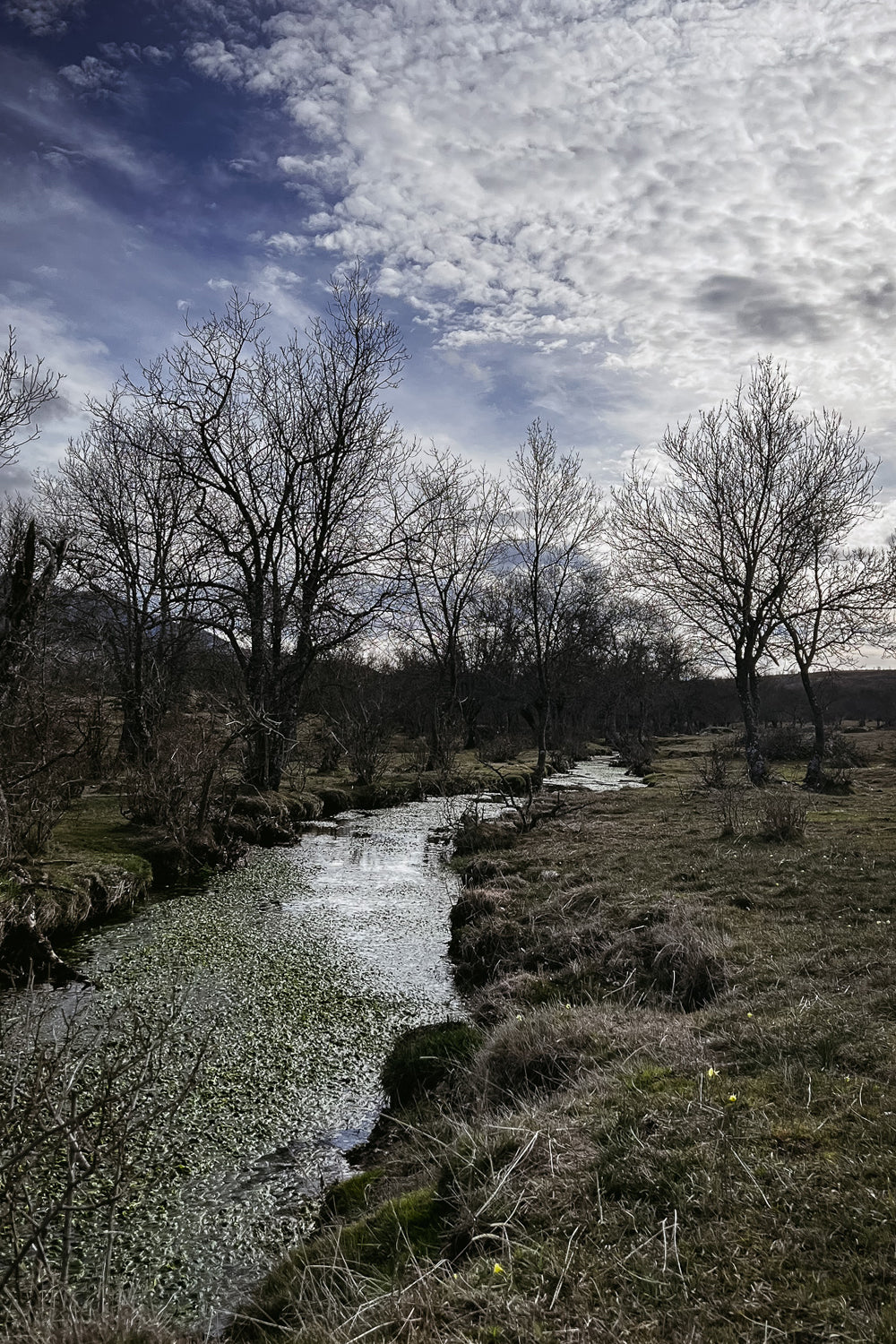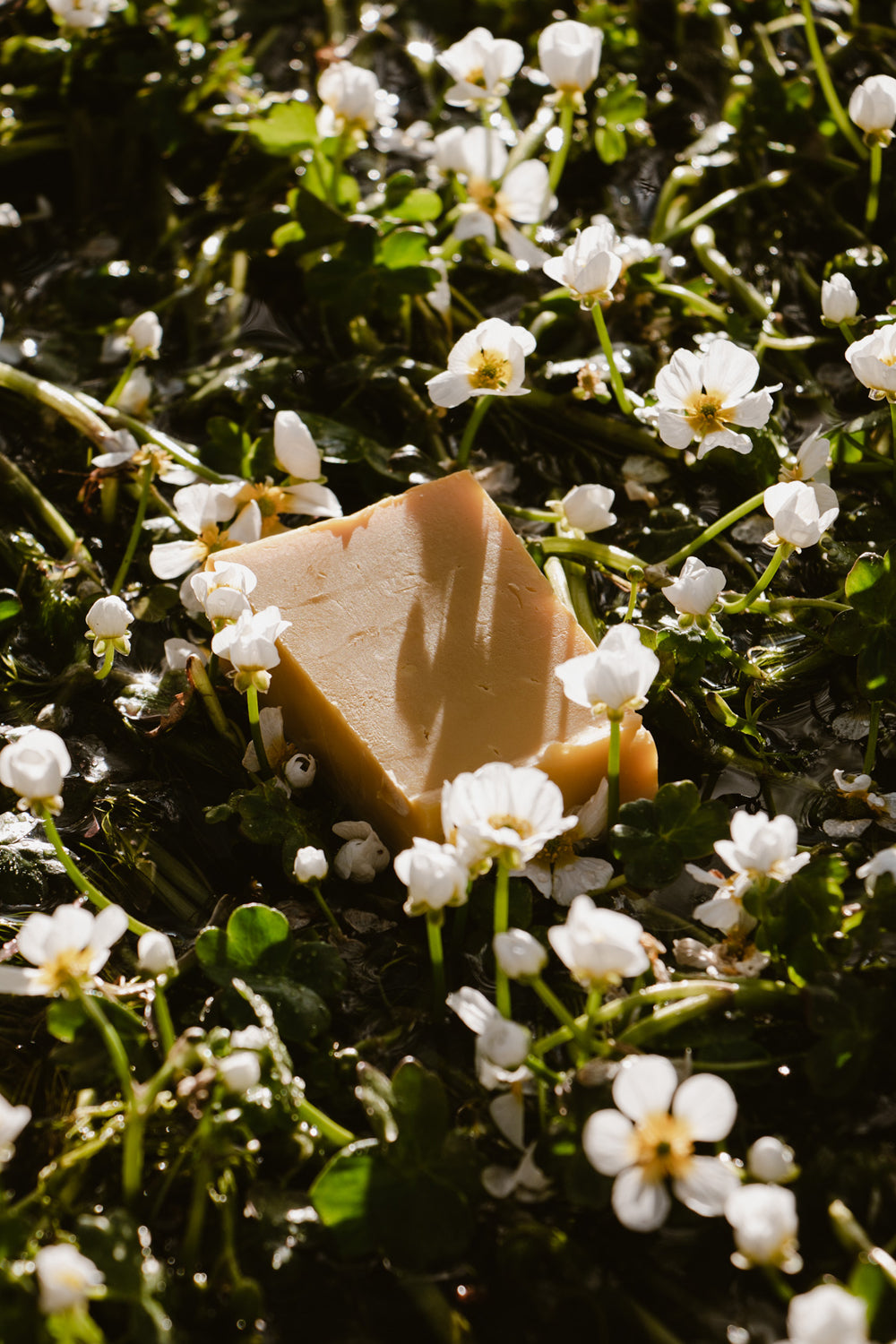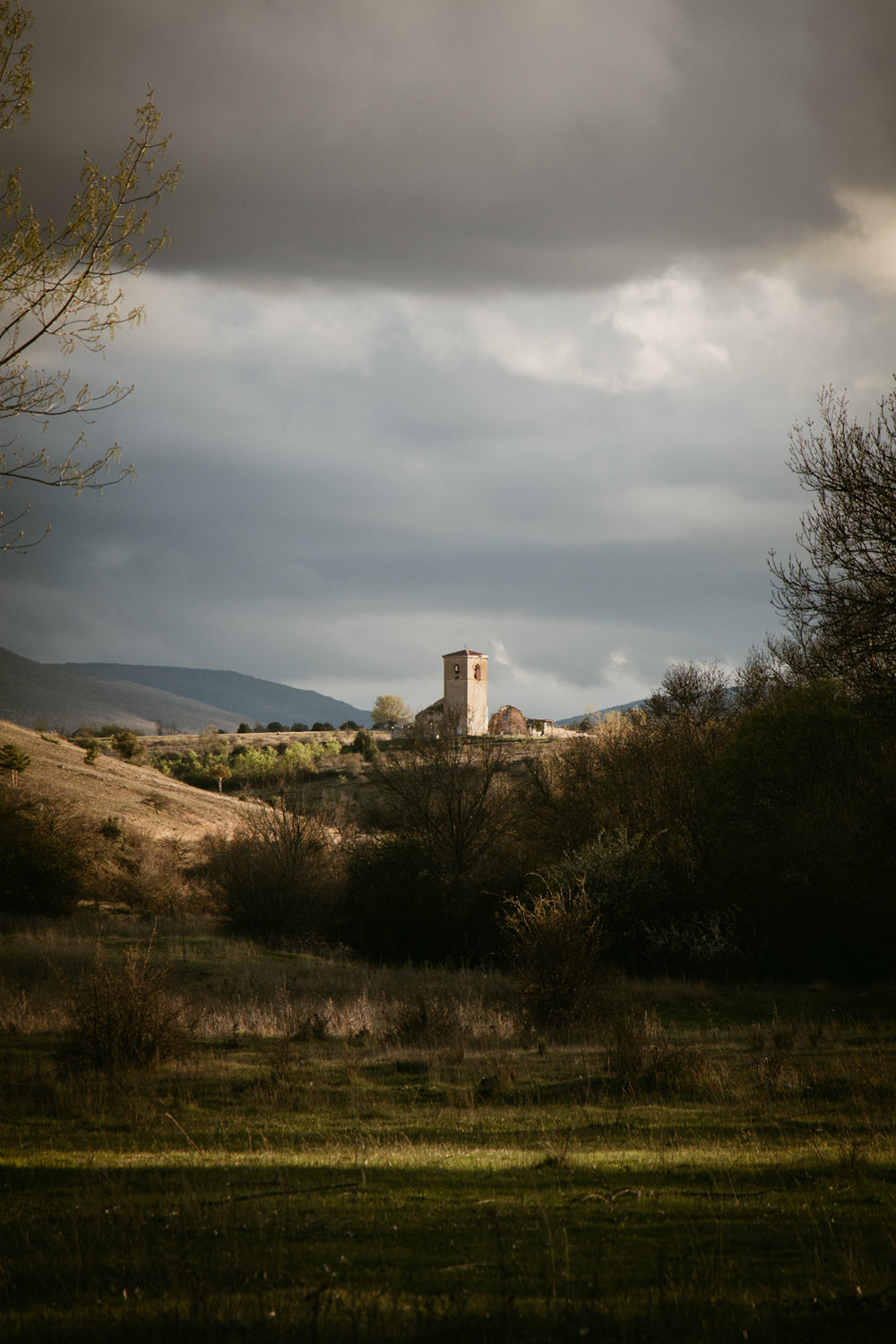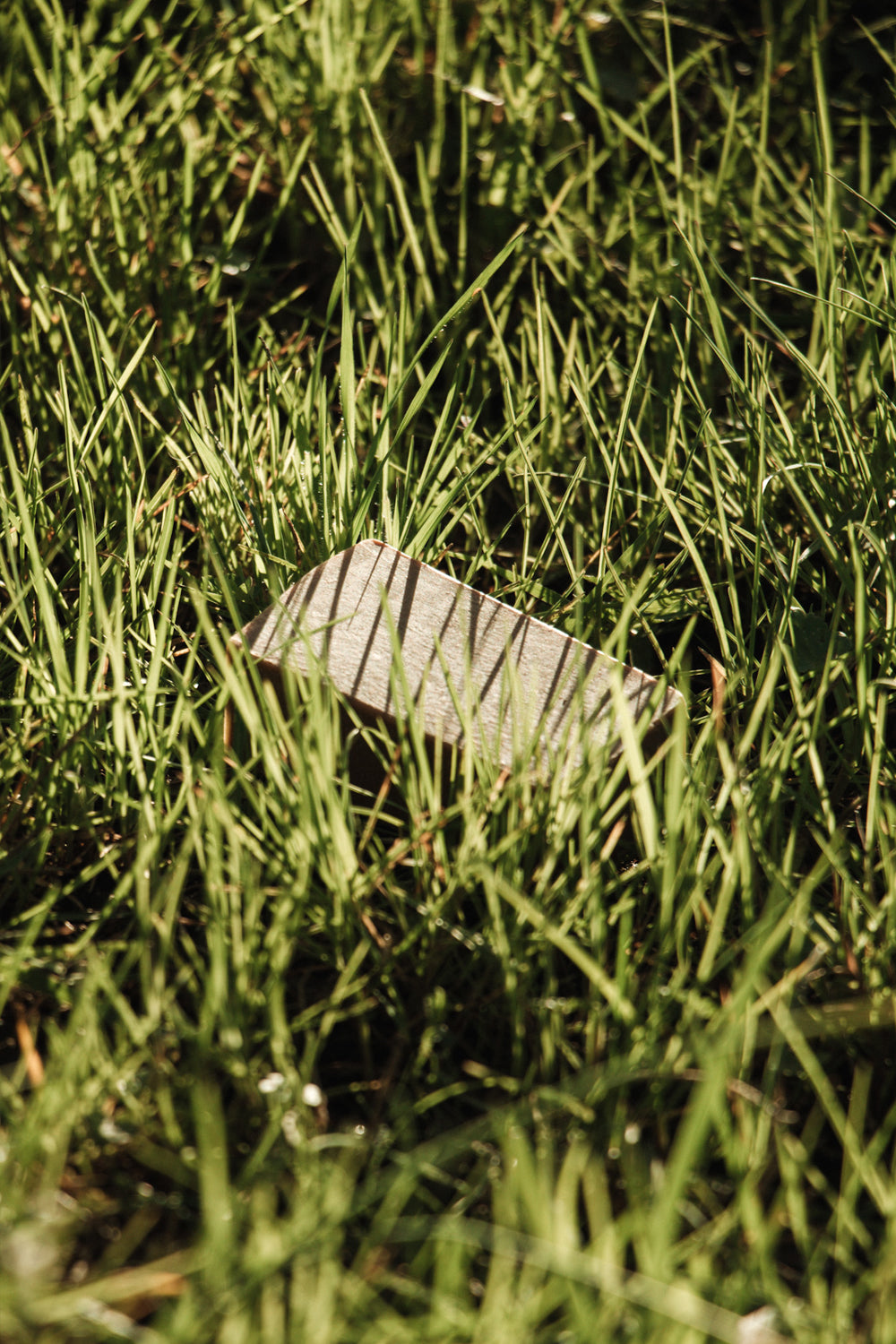El Sordillo, a stream in bloom
By Amelia Perez
The Sordillo River is a source of life that, for much of the year, meanders through the mountains of the Sierra de Guadarrama, crossing forests and meadows on its way to the Atlantic Ocean. The sound of its flow invites us to join its dance and enjoy the peace that only nature can offer.

Sordillo River as it passes through the La Salceda meadow, Segovia.
The river banks are a sanctuary of life, a haven of peace where forest creatures come to quench their thirst and seek shelter. The ash trees and other plants that surround it are home to countless animals, from small insects to curious deer and birds of prey.

During spring it is common to find Ranunculus fluitans in bloom in the riverbed.
The crystal-clear water serves as a vital source of water for deer, foxes, wild boars and other wildlife, while also providing shelter for the many birds that pass through the area during their migration. Dragonflies and butterflies flutter about happily, while frogs and toads sing their tune to the moon.

View of the Church of San Justo and Pastor (The Burnt Church) from the Sordillo River as it passes between La Mata and Requijada.
The course of the Sordillo delights us with a dance of contrasts, where the energetic roars of the waterfalls are followed by the gentle whisper of a meadow at rest.

The formulas of our soap bars are inspired by the relationship we have with our natural environment.
It is in this idyllic landscape that we gather to enjoy the sunset, when the sun gilds the leaves of the trees and the shadows lengthen. We stop in a meadow where the white flowers of the water buttercups create a blanket that seems spread by fairies.


During a peaceful walk through the Sordillo, you will come across three old flour mills.
In this magical place, we dedicate ourselves to capturing the essence of the river and its surroundings in photographs that capture the ephemeral beauty of each moment. The roe deer peeking out from behind a bush and the pair of red kites flying over the river remind us that we are only a small part of this wonderful ecosystem.

As night fell, we returned home, grateful for having witnessed the beauty of the Sordillo River. We took with us the memory of its music, its aroma and its light, knowing that this natural treasure deserves all our respect.
Inspired by the environment
The formulas of our soap bars are imbued with the harmony we share with the surrounding nature. Country life shares its secrets with us, and our recipes are woven with the rhythms that nature dictates to us. By following this cadence, we manage to extract the purest essence of our being, to create a soap that nourishes our skin with the gifts that the earth generously offers us.
The Sordillo River
The Sordillo River is a stream that runs through the province of Segovia and has its source in the Carpetanas mountain ranges, in Collado Hermoso, Segovia. It crosses the municipality of Santiuste de Pedraza. After leaving behind towns such as Requijada, it ends up emptying into the left bank of the Cega River at the height of Pajares de Pedraza. In its lower course it is called the "Santa Águeda River". It is described in the fourteenth volume of the Geographical-Statistical-Historical Dictionary of Spain and its Overseas Possessions by Pascual Madoz (1849) as follows:
SORDILLO: stream in the province of Segovia, has its source in the Carpetanas mountain ranges, which divide the two Castillas, and crossing the terms of Aldea-lengua de Pedraza, Torre de Valde San Pedro, Santiuste de Pedraza, Requijada, and Pajares de Pedraza (where it takes the name of Sta. Agueda) it flows into the Cega river: during its course which is 2 and 3/4 legs it powers a flour mill, and in each of the terms it crosses there is a wooden bridge to pass over it.
(Madoz, 1849, p. 450)
Belonging to the Duero river basin, its waters end up being poured into the Atlantic Ocean.

Leave a comment
Please note, comments must be approved before they are published